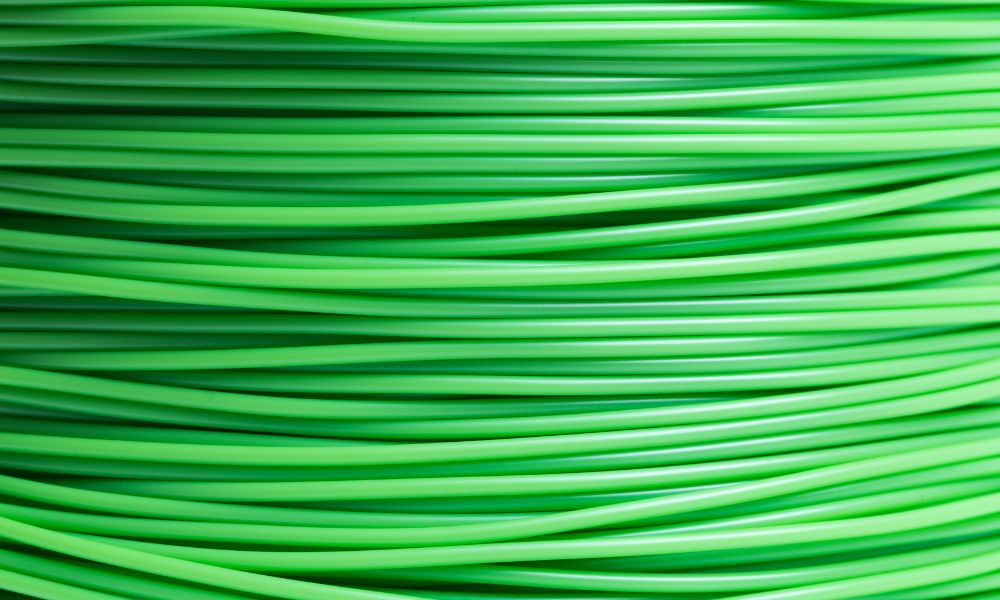
3D printing is becoming popular for professional and personal use. It’s a fun and creative way to make various objects and prototypes. The filament is an essential component of 3D printing, and the many 3D printers on the market contain unique properties. Whether you’re a novice or an advanced 3D printer, it’s essential to understand the different types of 3D printer filament and their uses. Here is what you need to know about this technology.
ABS Filament
ABS is made with acrylonitrile, butadiene, and styrene polymers, hence the name. ABS is a very familiar fiber to the 3D printing community and is known for its strength and durability. This filament is popular in the automotive and manufacturing industry, creating car parts, piping systems, and toys that require high durability.
PETG Filament
PETG is a thermoplastic polyester with incredible chemical resistance, strength, and flexibility, thanks to its combination of PET filament and glycol. PETG is the “in-between” filament because it is more durable than PLA but less brittle than ABS. It’s perfect for printing items that require flexibility and durability, such as smartphone cases.
Nylon Filament
Nylon is a strong and durable filament that, like ABS, is common in manufacturing. 3D printers use nylon to create objects like gears, bearings, and hinges. Additionally, nylon is known for its flexibility; it can bend and twist into any shape you’d like without causing stress on the item.
PLA Filament
Polylactic acid (PLA) is one of the most popular filaments in the 3D printing community. It is biodegradable and usually made from corn starch, making it perfect for printing objects that don’t require high strength or temperature resistance. PLA is beneficial for 3D printing decorative objects, figurines, and other small items, and it has various blending and color options. The possibilities for using PLA are pretty endless, leaving projects open-ended.
TPU Filament
TPU is a polyurethane thermoplastic, the most flexible filament for 3D printing. The filament is ideal for printing objects that require shock absorption or vibration dampening, such as smartphone cases and shoe soles. TPU is also incredibly durable and does not break easily, making it a popular choice for printing outdoor equipment.
Anyone dabbling in 3D printing needs to understand the uses of different 3D printing filaments for their projects. This list will help you know what works for your projects. For example, PLA is perfect for creating decorative objects, and ABS is great for industrial parts. Now, let’s get creating!






